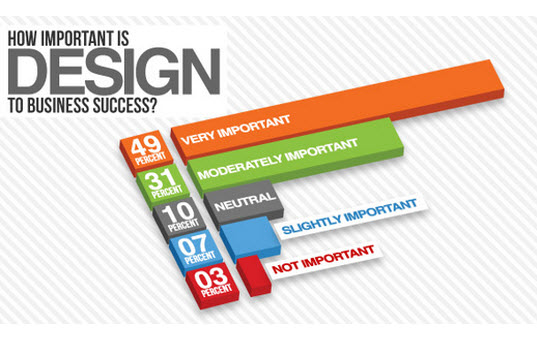Get Ready To Journey With Time And Uncover Exactly How Sites Have Become Much More Sophisticated, Easy To Use, And Aesthetically Magnificent
Get Ready To Journey With Time And Uncover Exactly How Sites Have Become Much More Sophisticated, Easy To Use, And Aesthetically Magnificent
Blog Article
Written By-Thorsen Bojesen
In the past, sites were basic and concentrated on info. Recommended Web page was straight, and layout was for desktop computers. Now, visit the next web site is crucial. Information guides layouts for very easy navigation. Responsive formats suit different gadgets. Today, dark setting lowers stress, and minimalist menus enhance navigating. Interactive features involve users, and bold visuals stand apart. AI assimilation improves involvement. See just how style has actually advanced to improve your online trip.
Very Early Days of Web Design
In the early days of web design, simpleness preponderated. Sites were standard, with minimal colors, font styles, and designs. The emphasis got on supplying details as opposed to fancy visuals. Customers accessed the net through sluggish dial-up connections, so rate and functionality were key.
Navigation food selections were straightforward, typically located on top or side of the web page. Web sites were designed for desktop, as mobile surfing wasn't yet common. Content was king, and designers focused on very easy readability over complicated layout aspects.
HTML was the key coding language utilized, and developers needed to function within its constraints. Computer animations and interactive functions were minimal contrasted to today's requirements. Websites were fixed, with little dynamic content or personalized individual experiences.
Rise of User-Focused Layout
With the evolution of web site design, a shift in the direction of user-focused design principles has come to be significantly prominent. Today, developing websites that prioritize individual experience is crucial for engaging site visitors and attaining business objectives. User-focused style entails understanding the requirements, choices, and habits of your target market to tailor the site's format, web content, and features appropriately.
Designers now perform detailed study, such as individual studies and usability screening, to collect insights and feedback directly from individuals. This data-driven method assists in creating intuitive navigation, clear calls-to-action, and visually appealing interfaces that resonate with visitors. By positioning the customer at the facility of the design procedure, internet sites can supply a more personalized and satisfying experience.
Responsive style has additionally emerged as a crucial aspect of user-focused style, guaranteeing that websites are maximized for different devices and screen dimensions. This adaptability improves accessibility and usability, catering to the diverse methods users interact with websites today. Essentially, the rise of user-focused layout symbolizes a change towards producing electronic experiences that prioritize the requirements and assumptions of completion customer.
Modern Trends in Website Design
Check out the most up to date trends shaping website design today. One popular fad is dark setting layout, using a sleek and contemporary look while decreasing eye strain in low-light atmospheres. One more vital pattern is minimalist navigating, streamlining food selections and improving customer experience by concentrating on essential elements. Incorporating micro-interactions, such as computer animated switches or scrolling results, can create a much more appealing and interactive web site. Responsive design continues to be essential, making certain seamless user experiences throughout various devices. Furthermore, utilizing vibrant typography and asymmetrical layouts can add aesthetic rate of interest and draw attention to certain web content.
Incorporating AI technology, like chatbots for client assistance or customized referrals, improves user involvement and enhances processes. Access has likewise end up being a substantial pattern, with developers focusing on inclusive layout practices to cater to diverse customer demands. Embracing sustainability by enhancing internet site efficiency for speed and effectiveness is an additional emerging fad in website design. Working together with customer responses and information analytics to repeat and enhance layout constantly is vital for staying relevant in the ever-evolving digital landscape. By accepting these modern-day trends, you can develop a visually attractive, user-friendly web site that resonates with your target market.
Final thought
As you review the development of site layout from the early days to currently, you can see just how user-focused style has actually come to be the driving force behind modern fads.
Accept the journey of modification and adjustment in website design, always maintaining the individual experience at the leading edge.
Remain present with the most recent trends and innovations, and never ever stop advancing your method to create aesthetically sensational and user-friendly websites.
Evolve, adjust, and create - the future of web design remains in your hands.
